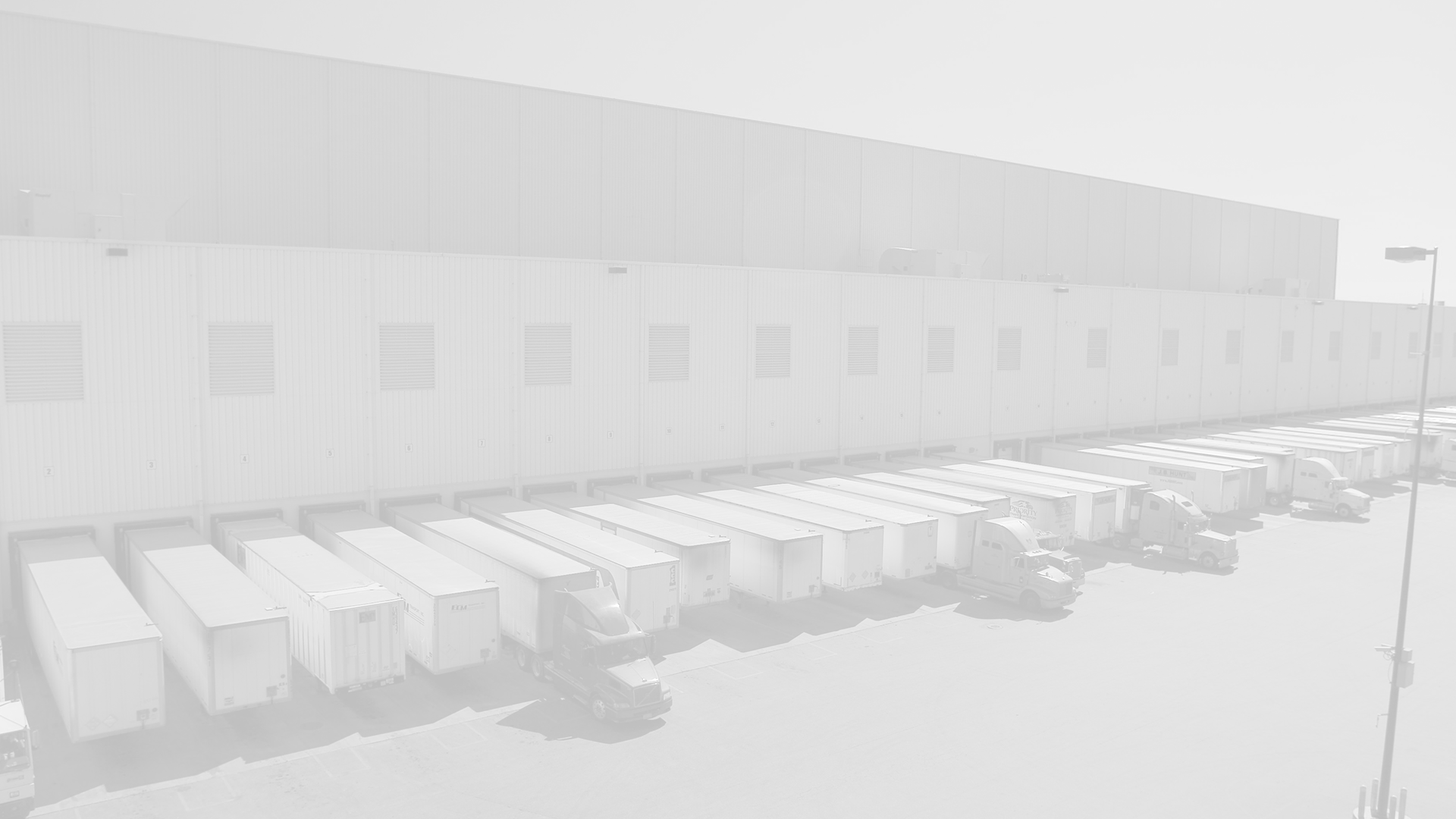Grocery E-commerce Trends
Explore the rapidly changing world of online grocery at the FMI/GMA Supply Chain Conference, February 15-17, 2015 at the Arizona Grand in Phoenix, AZ.
American consumers spent nearly $667 billion on CPG products in 2014, a large portion of their total retail spending. Only 1% of grocery sales occur online currently. Industry wide, online sales are expected to grow at 21.1% CAGR between 2013 and 2018, and projections beyond 2018 predict online grocery sales to capture 7.5% of total grocery revenue by 2023.
What is driving this phenomenal online growth? For one thing, consumer demand and familiarity with mobile technology is at an all-time high. More than 90% of Americans own a smart phone. Nearly 80% of smart phone owners use their device to find stores, check item info and price, and make purchases. 15% of US consumers say they use the web to buy general food products and 25% use the web to buy specialty food products. Consumers have also proved willing to pay for additional services, like same day delivery. If you are a Millennial living in an urban population, you are more than three times as likely as a Baby Boomer to pay a premium for same-day delivery. This trend is likely to continue, as 81% of the US population lives in an urban environment, up 2% from 10 years ago.
With high consumer demand, retailers are scrambling to provide more options, both in product selection and delivery. The sheer number of options available online can be overwhelming, so retailers balance wide product selection with curation, providing the best of both worlds to consumers. Companies like Plated, HelloFresh, and Blue Apron create full menus, recipes, and ingredient lists, and deliver temperature controlled boxes of food right to your doorstep. Today’s consumers prefer planning for specific meals rather than stocking up the pantry. In order to make stocking up easier, subscription services are increasingly common; companies want to predict what consumers will buy before they buy it.
Retailers also have choices when it comes to delivery, and are experimenting with shipping from their distribution warehouses, regional distribution centers, or store backrooms directly to customers’ homes. Additionally, many retailers are dabbling in click and collect programs, in attempts to provide added convenience to their shoppers. While click and collect is convenient for shoppers, it double-charges retailers; they must pay to ship product to their stores and pay again to collect items for customers. This model still needs refining, but it is clear that the supply chain of the future must be able to adapt to e-commerce orders, delivering quickly and without adding costs.
Grocery shopping is changing fundamentally as it moves online. Learn more at the FMI/GMA Supply Chain Conference, February 15-17, 2015 at the Arizona Grand in Phoenix, AZ. Attend the general session, “Smart Devices Meet Smart Supply Network-When the Digital and Physical Worlds Connect,” on Monday, February 16, 2015, and hear from experts like Doug Stephens, Founder of Retail Prophet, Jack Uldrich, best-selling author of The Next Big Thing is Really Small, and Benoit Montreuil, pioneer of the Physical Internet, to learn how you can compete in the world of online grocery.

